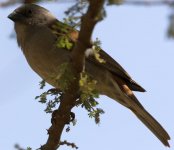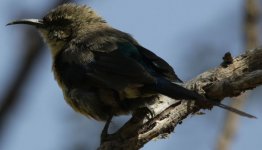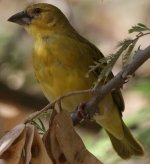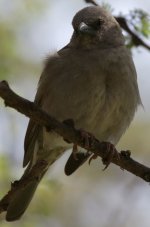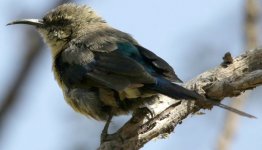1: Weaver?
2: Olive Sunbird???
3: Weaver?
4: ?
I took the picture at Lake Langano (Ethiopia), 25.1.2016
If it is not possible to identify the bird the family or genus would also be helpful.
Thanks for your help
Hans
www.boeckler.name
2: Olive Sunbird???
3: Weaver?
4: ?
I took the picture at Lake Langano (Ethiopia), 25.1.2016
If it is not possible to identify the bird the family or genus would also be helpful.
Thanks for your help
Hans
www.boeckler.name




